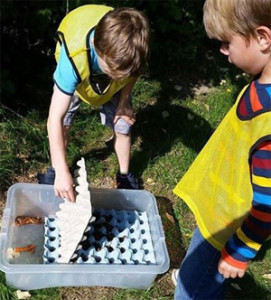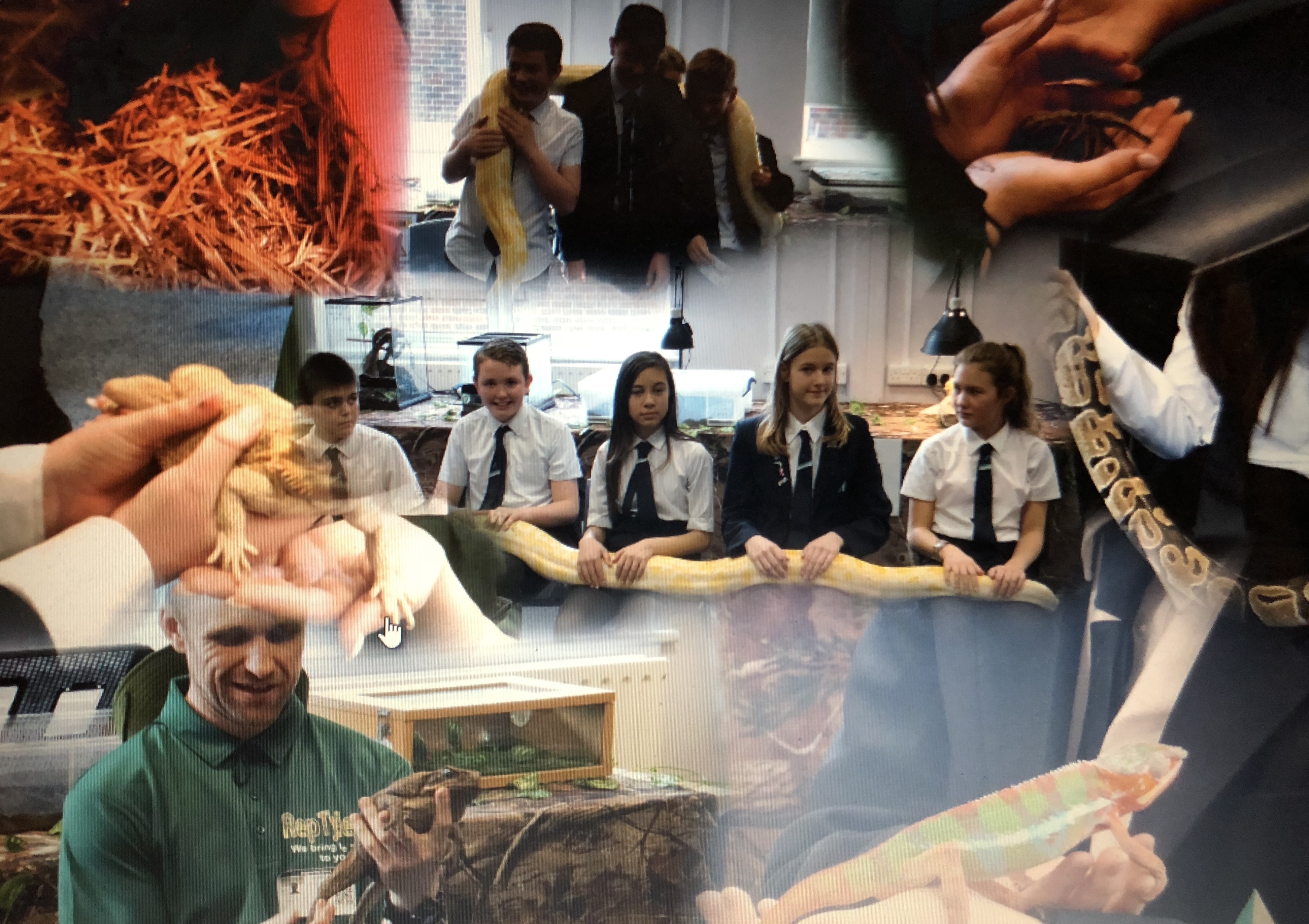Primary School Key Stages 1 and 2 – Life Processes and Living Things

An ideal addition to science week or a themed day; such as having a selection of bugs for Roald Dahl Day to complement ‘James and the Giant Peach’; Reptiles to compliment ITVs ‘I’m a Celebrity… Get Me Out of Here’; Spiders for Halloween; or just to add interest to a session.
We will bring our Variety Performance out to your setting with a selection of snakes, lizards, tortoises, amphibians, spiders, scorpions and mini-beasts. The number of animals depends on the size of classes and the age ranges, but will normally be a minimum of 10. We take the time to introduce each of the animals and identify key interesting features and differences. We then allow the pupils the opportunity to get up close and encounter the animals for themselves.
Educational and Related Topics:
What can our talks cover?
Characteristics: We want children to explore the differences and similarities between animals and to look at animal groups. Suitable for KS1
Habitat: We can deliver a short insight to habitats and that it is a place where a collection of plants and animals live which provides them with food and shelter.
Nutrition: What do livings animals and plants need to survive? This subject can be delivered as a practical session using RepTylers insects and hungry animals.
Adaptation to function: We can demonstrate how animals have different behaviours and characteristics that play a critical role in their survival.
Reproduction: RepTylers breed three different species of lizard and therefore we are able to demonstrate with real life reptile eggs and the animal/parents which produced them. Children will have the opportunity to look at and touch a variety of reptile egg shells.
Movement: Reptylers can give in insight to different movements and how different creatures adapt to their terrain. Also, we can demonstrate how each individual animal use their climbing ability to survive.
Senses: What are the senses of humans? How does this compare to that of our animals? We will use water, land and food to demonstrate each creatures’ senses and how they adapt to their surroundings using these senses
Respiration: We investigate the similarities and differences in how both animals and humans breathe and take in oxygen
Some useful resources: http://www.doeni.gov.uk/niea/livingthingsks1_2.pdf
We specialize in delivering quality and informative presentations and can tailor each unique session to your needs. Perhaps your children are learning about habitats, the Amazon, similarities and differences or perhaps you would just like to reward a class for their exceptional behavior this term. Whatever your needs, including inspirational assemblies, RepTylers can provide you with an experience that the school won’t forget!
We also support your school for fund raising events which costs you nothing to hire us and we donate to you so please make your PTA aware so they can also benefit from our services.
See below for a link to our package information including prices:
http:/www.reptylers/what-we-do
I just wanted to put in writing what a wonderful experience my daughter had, at the visit you did today at Angmering School, 6/3/2018 🐍🦎🕷
Not only was it interactive, but educational too. She has come home beaming, full of facts and with an entirely new experience under her belt!
This highlights to me the importance of teaching children to respect and care for different animals, as well as to eliminate fears and phobias.
What a brilliant day she has had, thank you so much for the time and care you spent educating them, money well spent in my opinion.
Regards,

